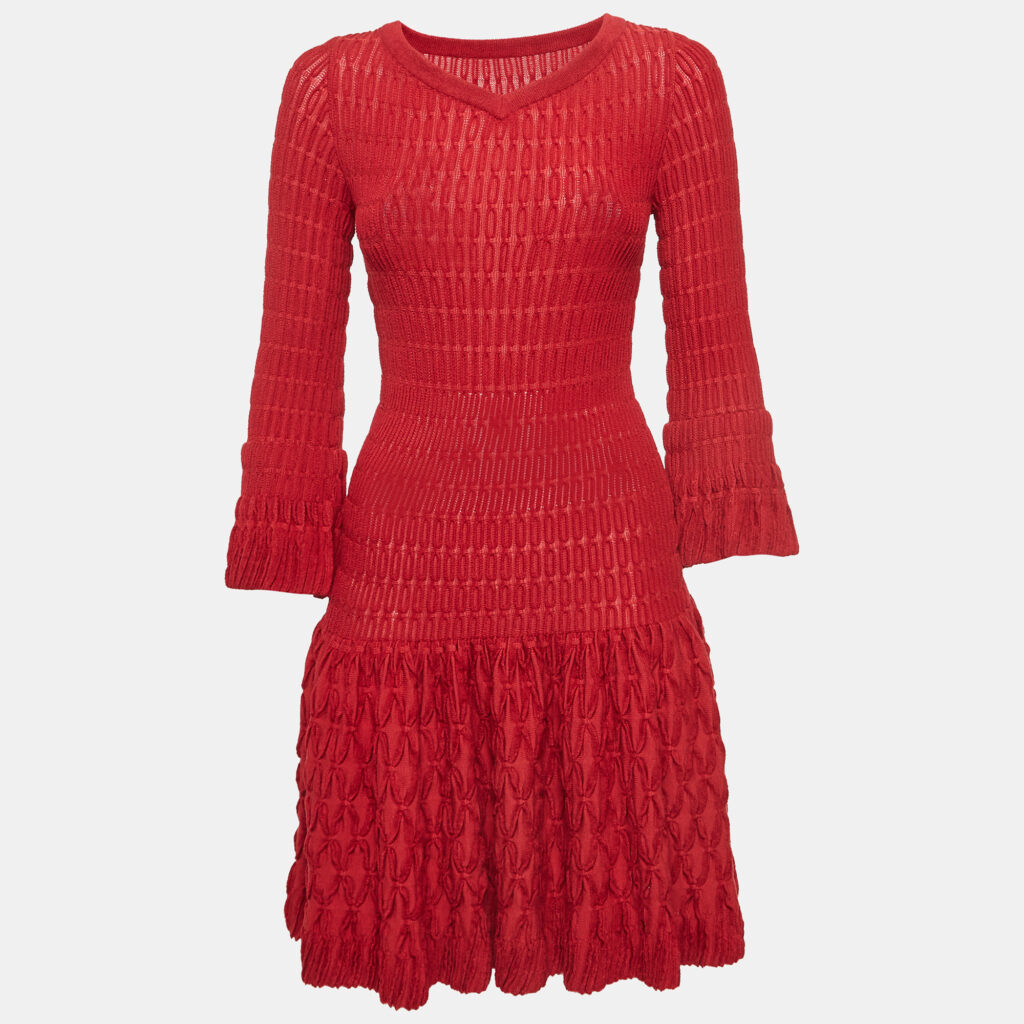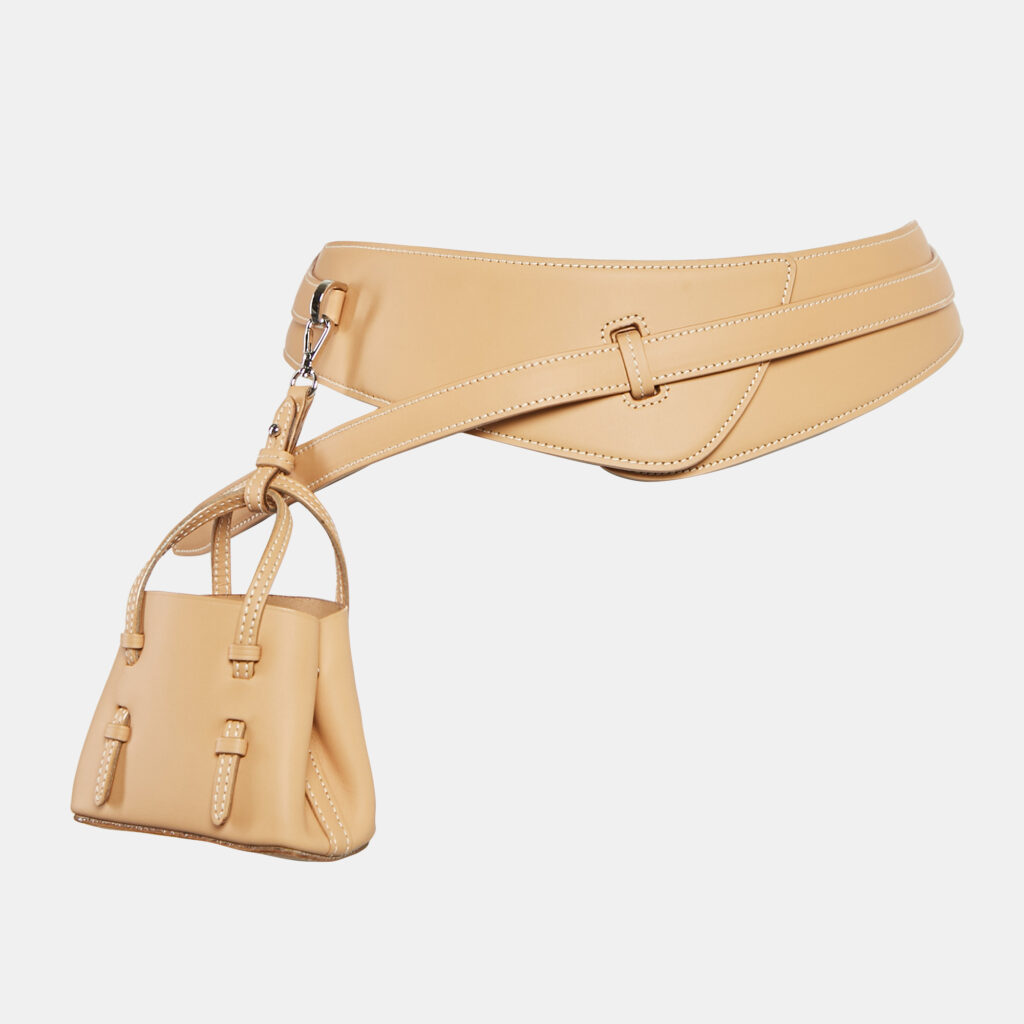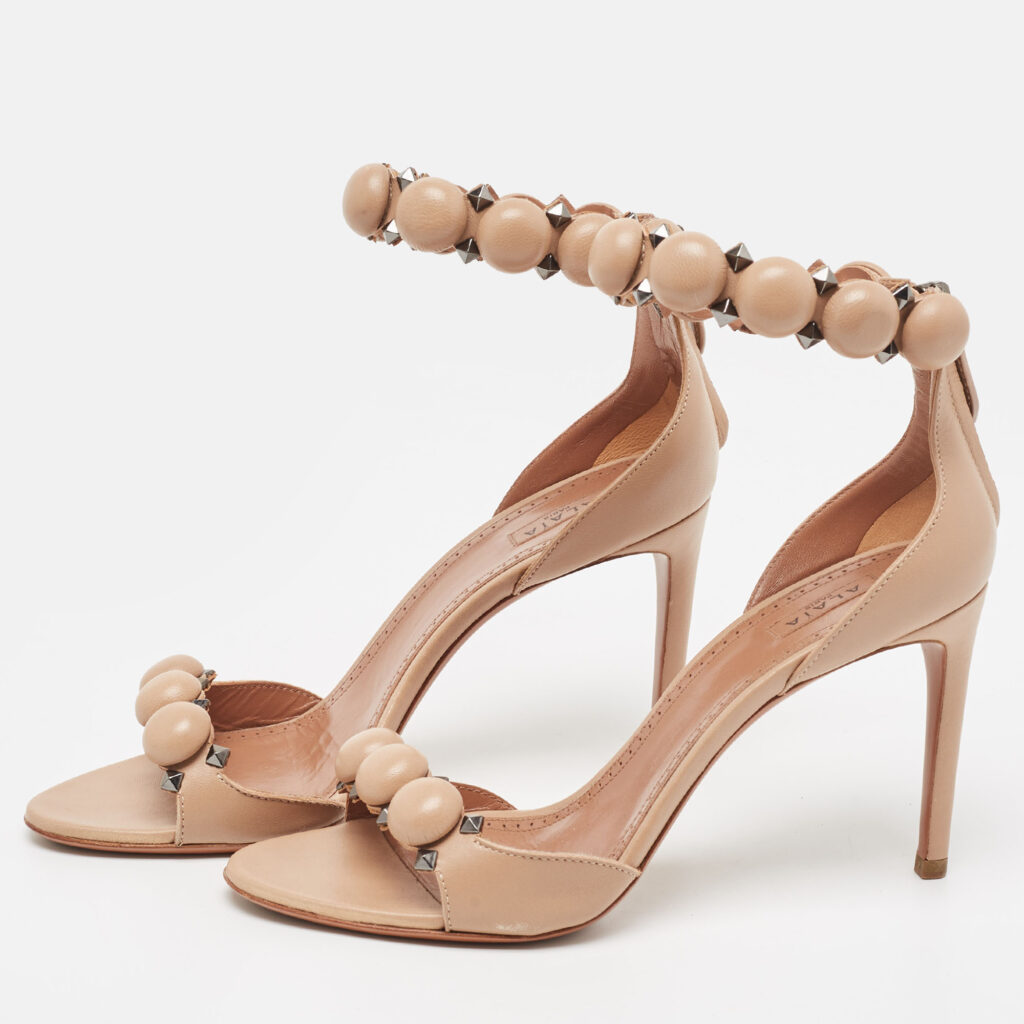The Rise of Watersports Toys: Innovation Making Waves
The watersports toy industry has undergone a remarkable transformation in recent years, evolving from simple inflatable rafts to sophisticated, technology-enhanced recreational equipment. This expanding market reflects changing consumer preferences, technological advancements, and a growing desire for unique outdoor experiences.
Recent market analysis by Grand View Research values the global water sports equipment market at $43.2 billion in 2023, with projections to reach $63.8 billion by 2030, growing at a CAGR of 5.7%.
Watersports toys are used by both adults and children, with different categories appealing to different age groups. The fastest market growth is actually occurring in adult-oriented premium products, with market research showing adults aged 25-45 as the primary purchasers of higher-end electric and technological watersports toys.
Market Growth Drivers
Several factors are fueling this impressive growth. According to a 2024 report by Allied Market Research, rising disposable incomes, increased interest in adventure tourism, and growing awareness of fitness benefits associated with water activities are primary catalysts. The COVID-19 pandemic also played a significant role in accelerating interest in outdoor water recreation, as people sought socially distanced activities.
The Outdoor Industry Association notes that there’s been a 37% increase in first-time water recreation participants who are now becoming regular enthusiasts, particularly in the 25-40 age demographic.

Categories of Watersports Toys
The watersports toy market encompasses several distinct categories, each with its own innovation trajectory and price points:
Towable Inflatables
These toys, pulled behind motorboats, have evolved from simple circular tubes to elaborate multi-rider platforms with enhanced stability and safety features.
Popular Options:
Basic single-rider tubes: $70-$150
Multi-rider towables (2-4 people): $200-$600
Premium towables with special features (LED lights, speaker systems): $600-$1,200
The WOW World of Watersports MOJO 3-person towable ($449) exemplifies the mid-range market with its advanced stabilization system and quick-connect tow point.
Personal Watercraft (PWC) Attachments
Innovations for Jet Skis and other PWCs have created entirely new recreational experiences.
Price Range:
PWC fishing racks: $300-$800
PWC platforms and docks: $700-$2,500
PWC-powered flyboards: $2,000-$6,000
The Flyride by Zapata Racing ($5,900) represents the premium segment, allowing riders to “fly” up to 35 feet above water, powered by PWC thrust.
Electric-Powered Innovations
Perhaps the most rapidly evolving category, battery-powered watersports toys have revolutionized what’s possible without traditional motors.
Examples and Costs:
Electric underwater scooters: $300-$1,500
Electric surfboards: $3,500-$12,000
eFoil boards: $8,000-$15,000
The Lift3 F electric hydrofoil ($12,500) exemplifies the high-end market with its carbon fiber construction and ability to “fly” above water at speeds up to 30 mph.
According to market research firm NPD Group, the electric segment saw a 118% increase in sales between 2021 and 2023, making it the fastest-growing watersports toy category.


Inflatable Platforms and Structures
These versatile toys transform ordinary swimming areas into adventure zones.
Common Options:
Inflatable floating docks: $300-$1,200
Water trampolines: $700-$5,000
Inflatable obstacle courses: $2,000-$20,000+
Commercial-grade inflatable water parks can cost significantly more, with Aquaglide’s comprehensive setups reaching $100,000+ for large-scale installations.
Underwater Exploration Tools
Innovations are making underwater exploration more accessible to recreational users.
Price Points:
Mask-integrated snorkels with dry-top technology: $40-$120
Underwater scooters/sea jets: $300-$2,000
Consumer underwater drones: $800-$5,000
The CHASING DORY underwater drone ($499) represents the entry-level underwater exploration category, allowing users to capture HD underwater footage via smartphone control.


Sustainability Trends
Environmental consciousness is increasingly influencing the watersports toy industry. A 2023 study published in the Journal of Outdoor Recreation and Tourism found that 68% of water recreation enthusiasts consider environmental impact when purchasing equipment.
There’s a significant shift toward PVC-free materials and recycled components. Manufacturers are responding to consumer demand for products that minimize environmental impact while still delivering performance.
Leading brands like Red Equipment now use recyclable packaging and production processes that reduce carbon footprint by up to 50% compared to traditional manufacturing.
Watersport Equipment Rental Market Explosion
Not everyone can afford to purchase high-end watersports toys, driving remarkable growth in the rental market. According to data from Boatsetter and GetMyBoat, the peer-to-peer watersports equipment rental market has grown 78% since 2019.
Rental pricing typically runs 10-15% of purchase cost for daily rentals:
Basic towables: $25-$50/day
Electric surfboards: $200-$300/day
eFoils: $300-$500/half-day lesson and rental


Technology Integration
Smart technology is transforming the watersports toy experience. The 2024 Consumer Electronics Show (CES) featured multiple innovations integrating waterproof telemetry systems, GPS tracking, and smartphone connectivity.
The intersection of watersports and technology is creating entirely new experiences. From performance tracking apps to waterproof action cameras specifically designed for water toys, technology is enhancing both safety and the user experience.
The BOTE Inflatable Dock with integrated Bluetooth speakers ($1,599) exemplifies this trend of technology integration into traditional products.
Safety Considerations
With innovation comes the need for enhanced safety protocols. The U.S. Coast Guard reported a 25% increase in accidents related to newer watersports toys between 2019 and 2023, prompting industry leaders to enhance safety features and educational resources.
Many manufacturers now include comprehensive safety training videos with purchase, and organizations like the Water Sports Industry Association have developed specialized safety certifications for newer equipment categories.


The Future of Watersports Toys
Industry forecasts suggest continued innovation, with several emerging trends:
Greater democratization through more affordable entry-level options
Expanded use of sustainable materials
Integration of augmented reality experiences
Advanced stabilization technologies for easier learning curves
The convergence of materials science, battery technology, and digital integration is creating possibilities that were unimaginable just a decade ago.
As watersports toys continue to evolve, they’re transforming how people experience water recreation, making once-exclusive experiences more accessible while creating entirely new recreational possibilities. Whether you’re looking to invest in your own equipment or try the latest innovations through the growing rental market, the watersports toy revolution offers something for every water enthusiast and budget level.
Read next:















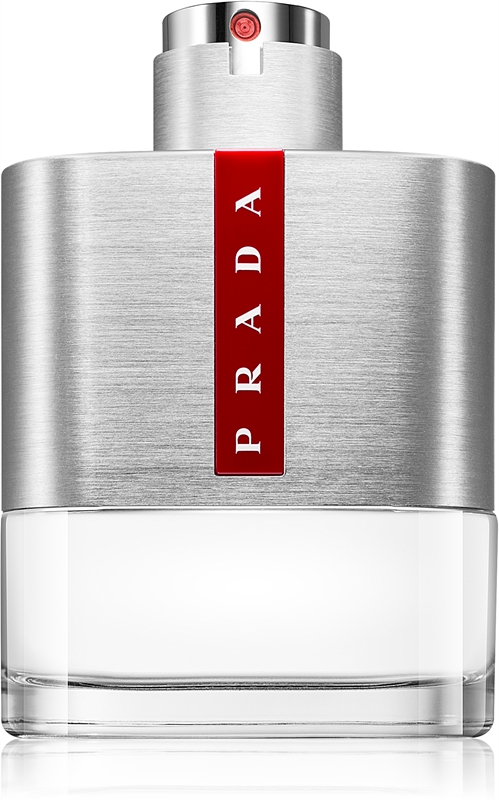



























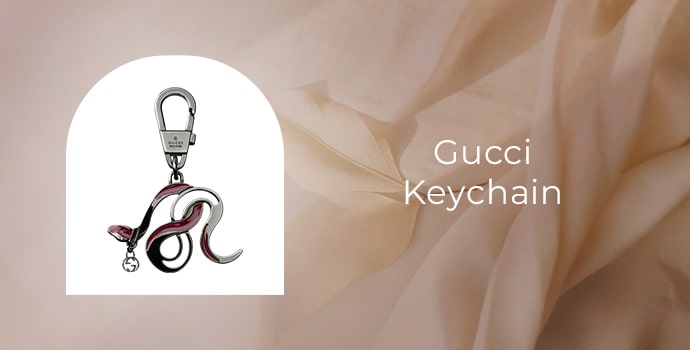











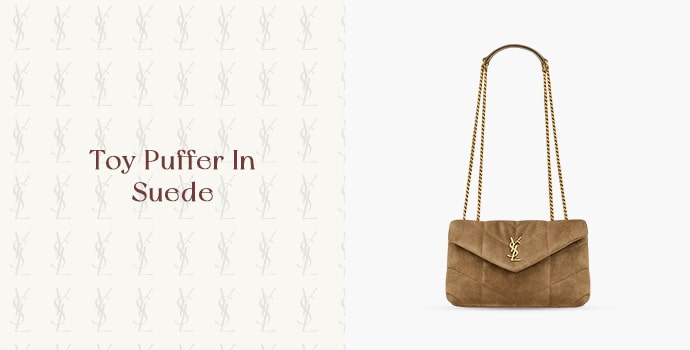
















 In this blog post, I would like to celebrate a few of the many women in history who have made contributions in the areas of women’s rights, science, social justice, technology, politics and culture. Contributions made by women in other areas, such as medicine, sports, publishing, film, theatre, photography, music and dance will follow in a subsequent post.
In this blog post, I would like to celebrate a few of the many women in history who have made contributions in the areas of women’s rights, science, social justice, technology, politics and culture. Contributions made by women in other areas, such as medicine, sports, publishing, film, theatre, photography, music and dance will follow in a subsequent post.
 Eleanor Roosevelt (1884-1962) and Lorena “Hick” Hickok (1893-1968) shared a deep, intimate relationship that significantly impacted both their lives and American history. Their connection began in 1932 when Hickok, a respected journalist for the Associated Press, was assigned to cover Eleanor during Franklin D. Roosevelt’s presidential campaign.
Eleanor Roosevelt (1884-1962) and Lorena “Hick” Hickok (1893-1968) shared a deep, intimate relationship that significantly impacted both their lives and American history. Their connection began in 1932 when Hickok, a respected journalist for the Associated Press, was assigned to cover Eleanor during Franklin D. Roosevelt’s presidential campaign.















